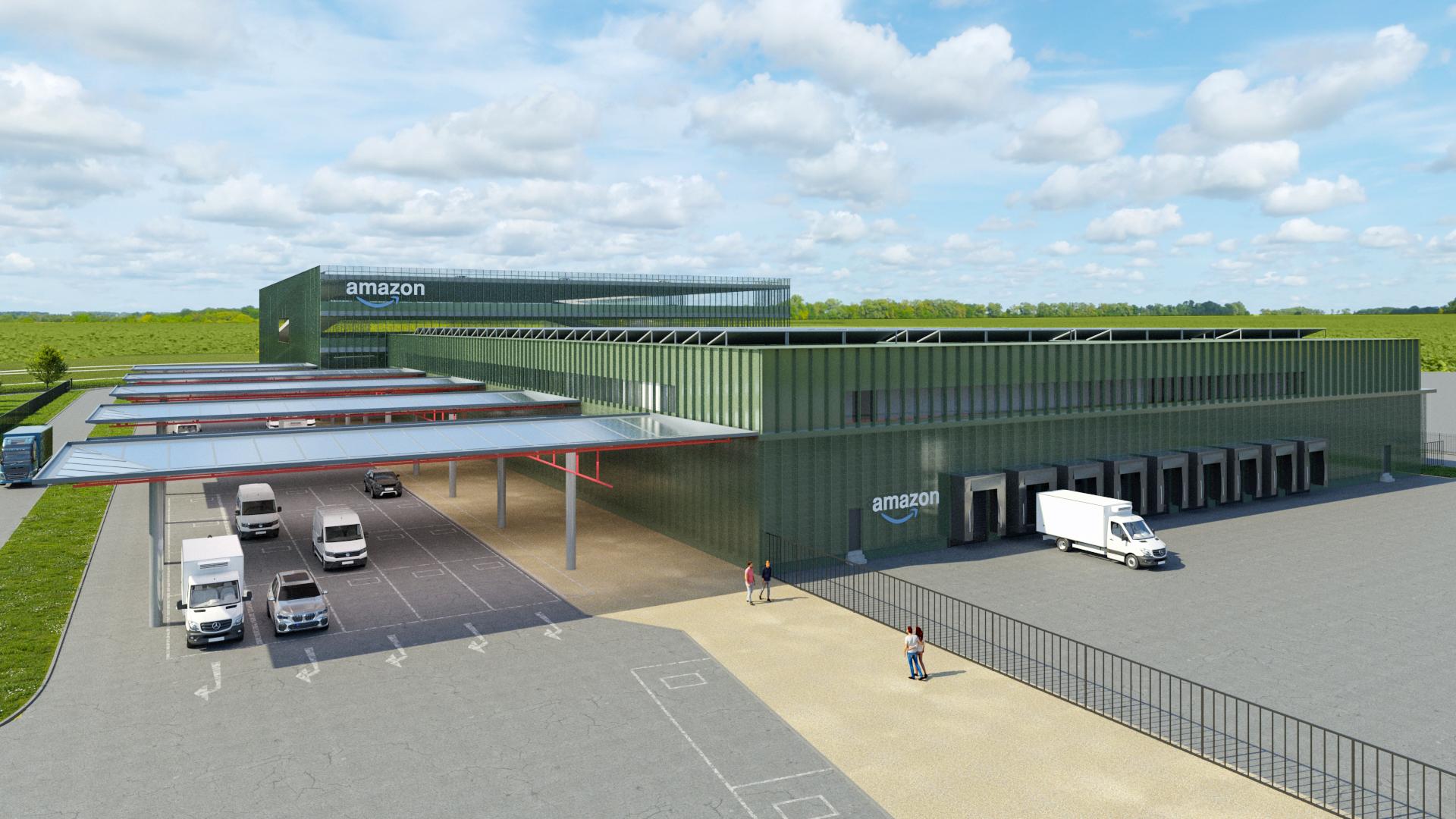‘This place saves lives’: the inscription in English and Spanish bars the wall of a drug injection room in the East Harlem neighborhood of New York. The site, the first open in the United States, wants to convince and serve as a model in a country hit by a record of overdoses.
On each side of the room, an alignment of four open cubicles, equipped with a chair, a table and a mirror. To spot “if something goes wrong”, as “Mark” (first name changed), 29, a regular visitor, says.
Here, “you are followed, there is music, no emergency… In public toilets, you have to act quickly (…), you are more likely to miss an injection, and to cause a abscess”, explains the young man to AFP.
Californian, today “between two jobs” in New York, Mark seeks to reduce his addiction “to tranquilizers and opiates”, a fight he has been leading for two years.
– Fentanyl –
On a piece of furniture, syringes, rubber bands, compresses and a multicolored assortment of straws. In two small rooms, it is possible to smoke crack, a cheap derivative of cocaine. On the other side, a larger, open space, with a large TV on the wall, serves as a rest or activity room.
Shoot Room ? Here, we are talking about an “overdose prevention center”, which killed 2,062 people in New York City alone in 2020, in the midst of the pandemic — compared to less than 1,500 in 2019 and less than 1,000 in 2015 — , affecting more poor neighborhoods and African-Americans.
The United States has broken a record of more than 100,000 deaths in one year (April 2020 – April 2021).
In question, in 77% of cases in New York in 2020, fentanyl, a powerful and dangerous synthetic opioid mixed with heroin or cocaine, a cocktail that killed the star of the cult series The Wire, Michael K Williams, September 6, 2021.
– “React” –
“There are everywhere,” sighs Sam Rivera, director of “OnPoint NYC”, which manages two reception centers in New York. “Every time we analyzed (the drug), there is fentanyl”, he notes.
It is in this context that the center opened on November 30, behind an anonymous entrance on 126th Street, with the support of the Democratic town hall. But he was already receiving drug users before, for care and prevention.
“We knew that our participants took drugs in the toilet if they had the possibility (…) and when it was necessary to react to an overdose, there was a longer time frame, says Sam Rivera, 59 years.
Working with your face uncovered, “it’s a huge change”, he sums up, welcoming the older models in Europe.
Among those who watch, there is Alsane Mezon, a 56-year-old nurse, ready to intervene if a person feels bad. It happens “at least once a week”.
– Acupuncture –
At his disposal, oxygen and, if that is not enough, naloxone, the main antidote in the event of an overdose. According to Sam Rivera, at the beginning of February, the teams had intervened on some 130 overdoses since the opening of the two sites.
In East Harlem, the center also offers medical care, acupuncture, laundry, hot meals, housing and employment assistance. Others “just come for a coffee and watch a movie”, even after dropping out, says Sam Rivera.
The overdose epidemic has revived the debate in the United States on these injection rooms, in theory prohibited at the federal level. The Department of Justice announced that it was studying this lead and discussing “with the States and local regulators safeguards”.
But the ground remains mined, like the controversy raised by Republican senators who accuse President Joe Biden of wanting to finance “crack pipes” with the federal budget.
– Moratorium –
The East Harlem neighborhood council had called for a moratorium on any new facilities for drug users.
“It’s not a lack of empathy. Many of us, among our families, have been affected by drugs and overdoses”, defends its president Xavier Santiago. But he fears the new center will bring new consumers and more traffic.
Another limit, underlined by the Lancet journal and Stanford University, is the ability of such rooms to change the situation. “It’s difficult to multiply them” and, when they are open, it “affects few people”, explains to AFP the professor of psychiatry Keith Humphreys, who rather recommends a massive sensitization of the population to naloxone.
For Sam Rivera, there is urgency to act: “We waited too long”.
–


